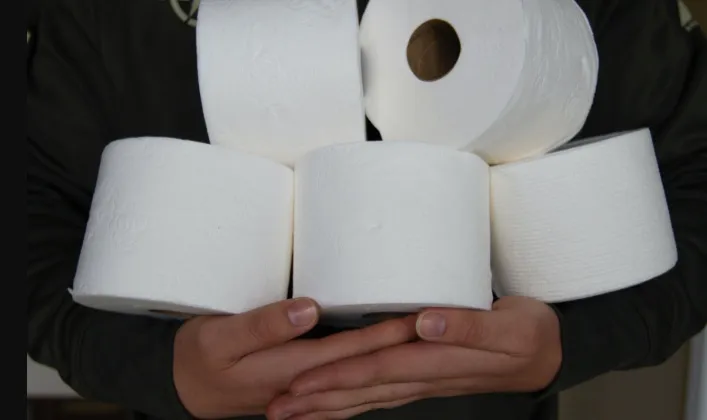Over the past few weeks we’ve been sharing our tips for adjusting and optimizing your Amazon Ads strategy during the COVID-19 pandemic. In this post, we’re discussing the differences between increased consumption and ‘pantry loading’ and how these behaviors can impact inventory and sales and, ultimately, ad budgets.
If your brand is in a category where consumers are stocking up, it will have implications on future consumption and shipments. For example, the recent trend of buying bulk quantities of toilet paper has yielded a significant increase in sales, however, the overall usage of toilet paper has likely remained relatively stable. This means that consumers could be sitting on supplies of toilet paper that will take them out of the purchase cycle for the next 3-6 months. As such, this is ultimately pulling sales volume forward rather than driving incremental consumer demand over the long-term. Brands should ask themselves whether they expect the current surge in demand to be from increased consumption (therefore driving incremental sales) or from pantry loading (therefore pulling forward future demand). This will have implications on fiscal year forecasts and setting advertising budgets.
If brands are seeing increased sales but without increased consumption, leaning in to win with shoppers now can be highly strategic, since future demand is likely to slow down as consumers sit on large quantities of supplies. Winning those shoppers now can position your brand to win long-term, especially when considering the lifetime value of the customers you have gained.
Inversely, some categories that have seen a boon in sales – such as hand sanitizer, hand soap, certain supplements, etc. – have also seen a corresponding spike in consumption as a direct result of COVID-19. Consumption scenarios include people washing their hands more frequently, practicing better overall nutrition, consuming more at-home entertainment, and exercising and working from home. Brands should predict whether COVID-19 has driven a fundamental shift in how consumers interact with and use their products. This is critical to understand, as the increased consumption will impact your sales forecasts and advertising budgets.
From an advertising budget perspective, it will be tempting to lean in and capture the current demand if your brand is seeing increased consumption. This is likely a smart move, provided you’re balancing short and long-term factors and have sufficient budgets for the balance of the fiscal year. Across many product categories, we’re seeing ad performance that is 2-3x more than efficient than it was before COVID-19. This is being driven by a reduction in Cost per Click (as advertisers run out of stock and/or ad budgets; See Figure 1), stable conversion rates (as consumers put their names on waiting lists to get product when it becomes available; See Figure 2, and larger basket sizes (as consumers stock up now, in case products are unavailable in the future; See Figure 3). If your inventory positions and budgets are robust, consider leaning in – the upside you capture now will boost your total 2020 performance.
















